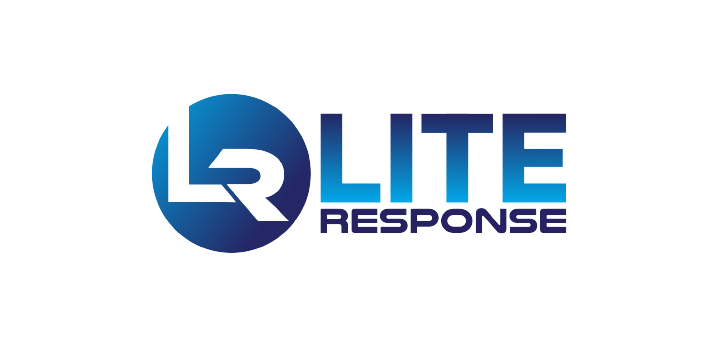Introduction:
Thermal fogging is a powerful technique used for disinfection, pest control, odor removal, and mold remediation in various settings. In this comprehensive guide, we’ll delve into the world of thermal fogging, exploring its benefits, applications, and best practices to help you understand how this innovative technology can enhance your environment.
1. What is Thermal Fogging?
Thermal fogging is a process that involves the use of specialized equipment to generate a fine mist or fog composed of microscopic droplets of disinfectant or other chemical solutions. These droplets are heated to a high temperature and then released into the air, where they disperse evenly and penetrate hard-to-reach areas, effectively eliminating pathogens, pests, odors, and mold spores.
2. Benefits of Thermal Fogging:
Thermal fogging offers several benefits compared to traditional disinfection and pest control methods, including:
– Penetration: The fine fog produced by thermal fogging can penetrate cracks, crevices, and porous materials, reaching areas that may be inaccessible to other methods.
– Efficiency: Thermal fogging can cover large areas quickly and efficiently, making it ideal for disinfecting or treating expansive spaces such as warehouses, factories, and commercial facilities.
– Effectiveness: The heat generated during thermal fogging helps to activate and disperse the disinfectant or chemical solution, maximizing its effectiveness in killing pathogens, pests, and mold spores.
– Minimal Residue: Thermal fogging leaves behind minimal residue, making it suitable for use in sensitive environments such as food processing facilities, hospitals, and schools.
3. Applications of Thermal Fogging:
Thermal fogging has a wide range of applications across various industries, including:
– Disinfection: Thermal fogging is commonly used for disinfecting indoor spaces to control the spread of infectious diseases, bacteria, and viruses, including COVID-19.
– Pest Control: Thermal fogging can effectively control and eradicate a variety of pests, including mosquitoes, flies, cockroaches, and bed bugs, in both indoor and outdoor environments.
– Odor Removal: Thermal fogging can neutralize and eliminate unpleasant odors caused by smoke, mold, mildew, pet urine, cooking fumes, and other sources, leaving behind a fresh and clean-smelling environment.
– Mold Remediation: Thermal fogging can penetrate porous materials and kill mold spores on surfaces, helping to prevent mold growth and remove musty odors associated with mold infestations.
4. Best Practices for Thermal Fogging:
To achieve optimal results with thermal fogging, it’s essential to follow these best practices:
– Choose the Right Equipment: Select a thermal fogging machine that is appropriate for your specific application, considering factors such as the size of the area to be treated, the type of chemical solution to be used, and the desired fogging capacity.
– Prepare the Area: Before beginning the thermal fogging process, ensure that the area to be treated is properly ventilated and free of obstructions. Cover or remove sensitive items and electronics to protect them from exposure to the fog.
– Follow Safety Guidelines: Wear appropriate personal protective equipment (PPE), including goggles, gloves, and respirators, when handling chemical solutions and operating thermal fogging equipment. Follow manufacturer instructions and safety protocols to prevent accidents and exposure to hazardous chemicals.
– Maintain Proper Dilution and Coverage: Dilute the chemical solution according to the manufacturer’s recommendations and adjust the fogging rate to achieve the desired coverage and effectiveness. Monitor fog density and distribution during the fogging process to ensure uniform treatment of the area.
– Allow Sufficient Dwell Time: After thermal fogging, allow sufficient dwell time for the disinfectant or chemical solution to take effect and eliminate pathogens, pests, odors, or mold spores. Follow recommended contact times and ventilation protocols to maximize efficacy and safety.
Conclusion:
Thermal fogging is a versatile and effective technique for disinfection, pest control, odor removal, and mold remediation in various environments. By understanding the benefits, applications, and best practices of thermal fogging, you can harness the power of this innovative technology to create cleaner, healthier, and more comfortable spaces for yourself, your family, and your community.
